Best NVMe SSDs for gaming in 2023, NVMe technology provides superior storage, superior speed and superior compatibility. Since NVMe utilises PCIe sockets, it transfers 25x more data than the SATA equivalent. Along with more data, NVMe’s commands are 2x faster than that of AHCI drivers. In addition, NVMe input/output operations per second (IOPS) exceeds 1 million and is up to 900% faster compared to AHCI drives. NVMe also communicates directly with the system CPU, giving it incredible speeds due to its compatibility. NVMe drives work with all major operating systems regardless of form factor.
But there are also some honorable mentions!
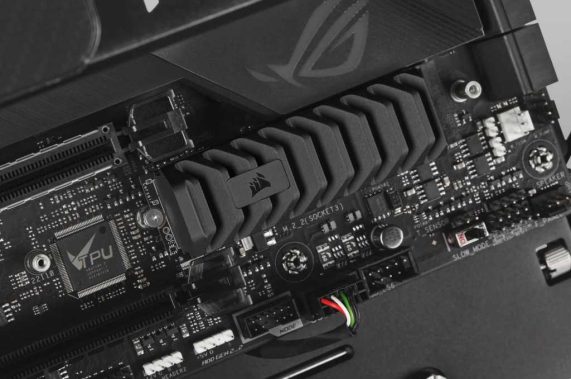
Image: Corsair
Most computers and storage drives still use the common SATA or PCIe 3.0 interfaces to sling your bits of data around, but if you’re lucky enough to own a relatively modern PC, you might be able to upgrade to a solid-state drive (SSD) built on the insanely fast PCIe 4.0 protocol.
We’ve tested several PCIe 4.0 SSDs and the best one to cross our labs thus far is the Solidgm P44 Pro in a field of tough contenders thanks to ferociously fast speeds only rivaled by next-gen PCIe 5.0 SSDs.
Read on to learn more, including what to look for in PCIe 4.0 SSD.
Updated 11/17/2023: To include the Seagate Game Drive as our pick for best PCIe 4.0 SSD for PS5. Among a number of great features, this drive comes with DRAM cache, making it perfect for a PS5. You can read more about why we love this SSD in our summary below.
Solidigm P44 Pro SSD – Best PCIe 4.0 SSD
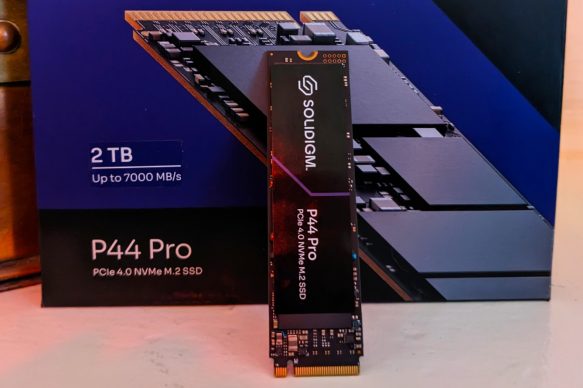
Pros
Cons
The Solidigm P44 Pro is without a doubt the fastest PCIe 4.0 drive we have ever tested. In fact, it finished within the top five fastest drives in our tests, and was only beaten by three next-gen PCIe 5.0 drives. Plus, by installing the Solidigm Windows driver you can further improve random performance in small read/writes making it even faster during everyday use.
Not only is the Solidigm P44 Pro performance top-notch, but it also has a very reasonable price so long as you shop at the right place—we found that pricing varies widely online from retailer to retailer. This is not only the best PCIe 4.0 drive on the market, but also one of the best SSDs period. And despite stiff competition from a crowded field of other excellent PCIe 4.0 drives it holds its own at the top.
WD Black SN850X – Best PCIe 4.0 SSD runner-up
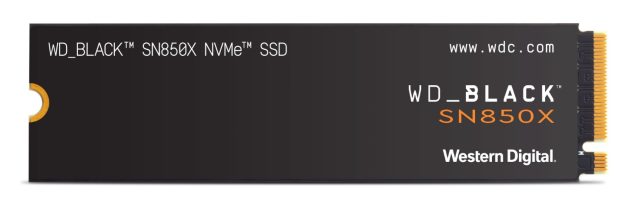
Pros
Cons
The WD Black SN850X is a screaming-fast drive and ranks right up next to the FireCuda 530 near the top in terms of speed. The reason the WD Black SN850X edges out that drive as our pick for best PCIe 4.0 runner-up is that it offers better value for the money—not only does it give you the same great speed as the FireCuda, but it does so at a lower price per GB.
Also, in terms of overall performance, the SN850X stands out with its excellent real-world transfer rates and outstanding random write performance. In the crowded field of great PCIe 4.0 SSDs, the WD Black SN850X holds its own despite stiff competition.
WD Blue SN580 SSD – Best budget PCIe 4.0 SSD
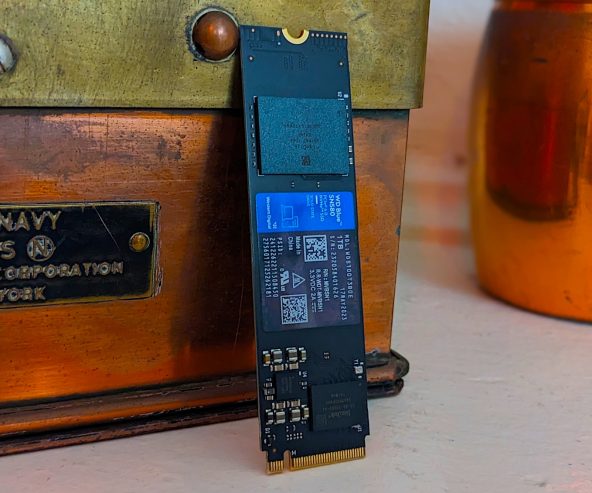
Pros
Cons
Price When Reviewed: 54,90 Euro
Now with the very first signs of PCIe 5.0 drives coming to market, we’re finally starting to see companies offering budget PCIe 4.0 NVMe drives at compelling prices. The best of the affordable bunch? The WD Blue SN580 NVMe SSD. At just $50 for a 1TB model at the time of writing you can get your hands on the excellent SN580—you won’t likely find any PCIe 4.0 drives with storage that cheap. And even with the low price you won’t be sacrificing any performance here either.
In our testing, the SN580 turned out both stellar benchmark and real-world results. Admittedly, it slowed down considerably in the large 450GB transfer test, but seeing as how it’s unlikely anyone will write that much contiguous data it likely doesn’t matter. When all is said and done, the SN580 is a super-affordable wonderfully high-performing PCIe 4.0 SSD. It simply can’t be beat at this price point.
Best NVMe SSDs for gaming in 2023
Read More : The Best PC Games 2023
Adata Legend 850 – Best budget PCIe 4.0 SSD runner-up
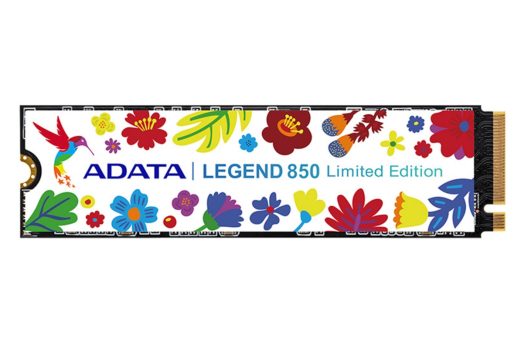
Pros
Cons
If you don’t need a 1TB capacity drive like the Crucial P3 Plus above, or you’re just looking to get your hands on a blazing-fast PCIe 4.0 for as little money as possible then the 512GB Adata Legend 850 is worth considering. For only $50 at the time of this writing, you can get the solid Legend 850. The drive scored very well in synthetic benchmark numbers for read scores, and in our real-world 48GB reading and writing test, it scored better than a lot of its peers.
The 512GB capacity probably isn’t enough to be the main drive in a high-end gaming or content creation PC, but for the average budget gaming PC or laptop it would be a solid foundation or great upgrade.
Sabrent Rocket Q4 NVMe SSD – Best for Steam Deck
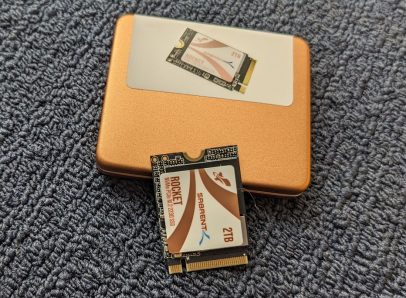
Pros
Cons
In the past, you were out of luck if you wanted to upgrade your storage in a smaller-sized device such as a handheld gaming console where the longer 2280 NVMe SSDs wouldn’t fit. Luckily, Sabrent has set out to change all of that with its line of Rocket half-sized 2230 small form-factor SSDs, and its latest Rocket Q4 is our favorite. It comes with up to 2TB of capacity and shockingly excellent real-world performance. Its unique feature is that it’s only 30mm long, meaning you’re able to use it in small devices such as a Steam Deck.
The Rocket drive has great everyday performance and truly impressive real-world transfer speed. During our testing, it cruised through the 48GB and 450GB transfer tests, beating out other zippy full-sized PCIe 4.0 drives. While the Rocket Q4 provides decent enough capacity-to-cost, if your device is able to handle the longer, standard-sized 2280 drives, you’ll likely have more options to choose from and might be able to find even better price-for-performance. Regardless, we love this compact SSD and the Sabrent Rocket expertly fits a niche that is only likely to grow more common with devices such as the Steam Deck in the future.
Seagate Game Drive – Best PCIe 4.0 SSD for PS5

Pros
Cons
The Seagate Game Drive is a PCIe 4.0 NVMe SSD that was made specifically for next-gen consoles—the PS5 in particular. And it doesn’t disappoint. It features DRAM for primary caching duties, which is a bit unique and almost essential for Sony’s console system. The PS5 doesn’t support HMB, so a drive such as this with DRAM cache is the optimal choice. The drive comes in 1TB and 2TB models, meaning you’ll have plenty of space to store all of your games should you need it.
While the Seagate Game Drive is optimized for a PS5, it’s no slouch as a regular SSD either. In our speed tests it did remarkably well, earning the spot as the second-fastest PCIe 4.0 SSD with random ops that we’ve ever tested. Seagate also provides a generous five-year warranty with the drive and it has an astounding 1,275TBW rating—more than double the industry norm. PS5 owners simply can’t go wrong with the Seagate Game Drive.
Crucial T700 – Best PCIe 5.0
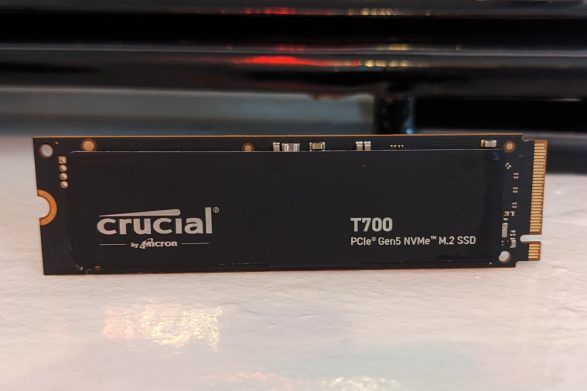
Pros
Cons
Sure, PCIe 4.0 is great and all, but what if you want to upgrade to PCIe 5.0? If your system features a PCIe 5.0 M.2 slot, and you can afford it, then there is no question you’ll get significantly faster read and write speeds. And if you do decide to upgrade, there is currently no better PCIe 5.0 SSD than the Crucial T700.
It practically shattered all of our benchmarks for both synthetic and real-world tests. How fast is it? Well, in a side-by-side comparison with the WD Black SN850X, our top pick for best PCIe 4.0, the Crucial T700 almost doubled it in sequential read and write benchmarks, was around 30 percent fast in the 48GB transfer test, and about 25 percent faster in the 450GB transfer tests. Currently, the T700 is undoubtedly the king of the hill by a fair margin when it comes to PCIe 5.0. So if and when you decide to make the change, the Crucial T700 is your best bet.
What to look for in an SSD
There are a few things to look out for, but most importantly you’ll want to focus on capacity, price, and warranty length. Three-year warranties are standard, but some nicer models are guaranteed for up to five years. And unlike the olden days of SSDs, modern drives won’t wear out with normal consumer usage, as Tech Report tested and proved years ago with a grueling endurance test.
Another crucial thing to watch out for is the technology used to connect the SSD to your PC. For more details and buying advice you can read our in-depth guide on which type of SSD you should buy.
Speed matters, of course, but as we said most modern SSDs saturate the SATA III interface. Not all of them, though.
How we test SSDs
We test SSDs using a variety of synthetic benchmarks (such as CrystalDiskMark 6’s various tests) and real-world tests, including 48GB transfers that showcase how a drive performs during common tasks, and also a demanding 450GB transfer test that pushes an SSD’s cache performance to the limit.
The PCIe 4.0 testing was done on an MSI MEG X570 motherboard socketing an AMD Ryzen 7 3700X 8-core CPU, using the same Kingston DRAM, cards, and software. All testing is performed on an empty, or nearly empty drive. Note: performance will decrease as the drive fills up.
Views: 6

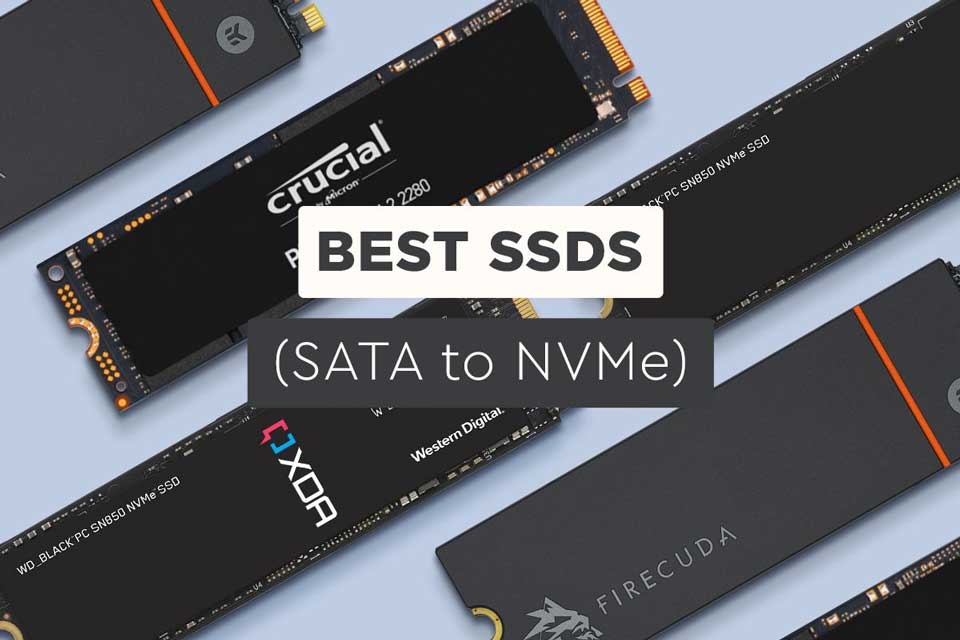

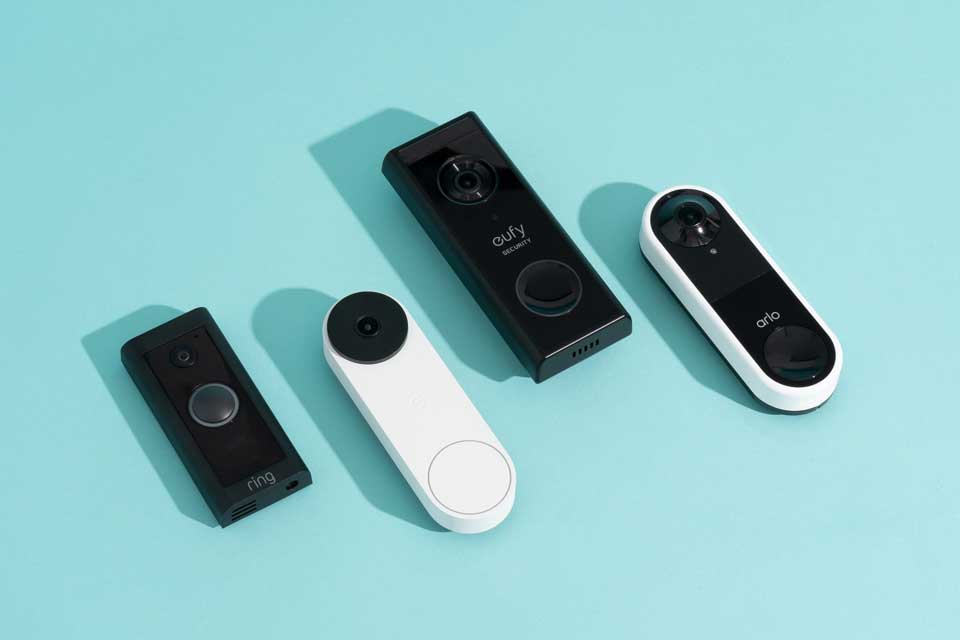



When it comes to boosting your gaming setup, the Sabrent Rocket 4 Plus SSD is a speedster that won’t disappoint – it’s like adding a turbocharger to your rig! For a reliable option, the Samsung 980 PRO is a solid pick without draining your wallet. These SSDs are game-changers, offering blazing speeds and top-notch performance to keep you ahead in the gaming world!